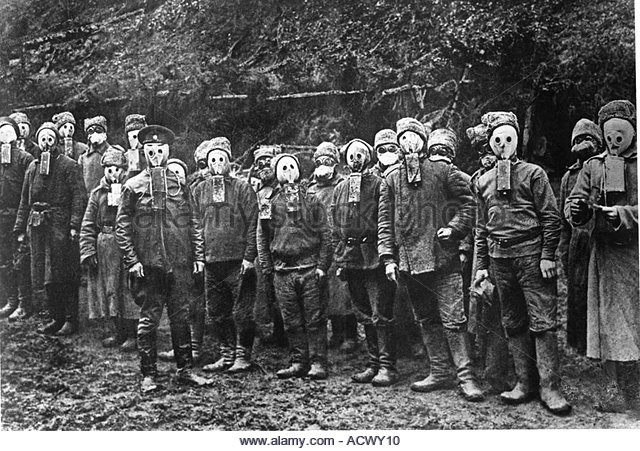Russian Losses Heavy; Austrian Losses Heavier
Austrians Can’t Hold the Line, Call In the Germans.
Special to The Great War Project
(27-30 July) The fight goes on for Verdun and the Somme on the Western Front.
But now fighting is intensifying on the Eastern Front, as well.
On these days a century ago, the Austrians are struggling, and the Russians are pushing them back.

Brusilov’s infantry, Russian Front, summer 1916
“By the end of the month,” writes historian Martin Gilbert, “the East Galician border town of Brody [now western Ukraine] had fallen to the Russians, and 40,000 Austrians had been taken prisoner within two weeks.”
“Russian losses were also heavy,” according to Gilbert, but not so heavy as to force the Russian army back.
This offensive is the work of the Russian general, Alexei Brusilov. And he is having great success smashing the Austrian army.

Russian General Alexei Brusilov.
In the last week of July, the Germans take over from the Austrians, now considered to be a “ruined army,” writes historian Geoffrey Wawro. “Scenes from the Brusilov offensive in 1916 shocked even jaded Austrians and showed just how little stomach most of the monarchy’s soldiers had for the war.”
“To try to bring Brusilov’s offensive to a halt,” reports historian Gilbert, the German command takes control of “a large section of the Austrian Front.”
German generals seize operational command of many other sections of the front as well, and German troops are deployed and ordered to fight alongside the Austrians.
The situation is so bad, that the Germans even bring in Turkish troops to hold the lines against the Russians.
“The fact that the arrival of the Turks…. even before they got there, has been so loudly proclaimed,” one German general writes in his diary on July 27th, “is surely rather humiliating for the Austrians.”
The Brusilov offensive plays out over an enormous front. The Russian army goes into battle against an Austrian army that numbers half a million. Brusilov brings to bear forces that are substantially fewer in number.
Brusilov cannot even gain advantage by secrecy. “Aerial reconnaissance,” writes historian Alexander Watson, “had detected the Russians’ construction of new trenches and large dugouts to hold their reserves.”
The Brusilov offensive begins in early June, 1916. Within a day, reports Watson, the advantage flows to the Russians, and the Austrians lose control of the battle. “After just a week of fighting,” Watson reports, Austria loses more than 200,000 officers and troops.
The Russians kill or take prisoner fully half of the Austrian forces on the Eastern Front.
The collapse of a great portion of the Austrian army is followed by “heavy fighting, panic, and retreat. The entire front pulled back.”
“Austro-Hungarian soldiers were not alone in their despair,” reports Watson. “Civilians in the battle zone were also terrified by the Tsarist army’s advance.”
“The Brusilov offensive,” writes historian Wawro, “destroyed what little offensive capability the Austrians retained.”

Russian troops don gas masks, summer 1916.
In the end, the Brusilov offensive cost Russia a million troops, but gained Russian victory nevertheless.
Writes war historian John Keegan, “The Brusilov offensive was, on the scale by which success was measured in the foot-by-foot fighting of the First World War, the greatest victory seen on any front since the trench lines had been dug…. two years before.”
And, reports historian Martin Gilbert,“ the carnage was considerable.”
